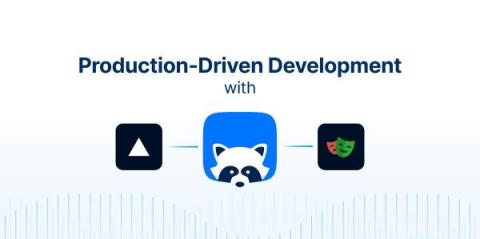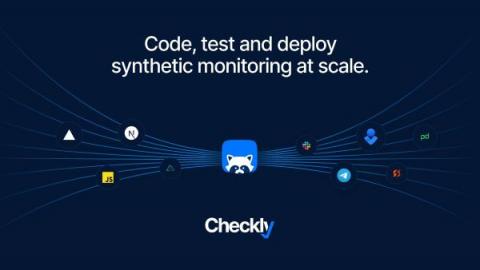Production Driven Development: An Approach for Highly Effective Organizations
Testing is still the most arduous, painful, and expensive task within a DevOps practice, regardless of framework or approach. Why? Because the current approaches to testing and development are not focused on production. Production-Driven Development (PDD), allows for rapid iteration without sacrificing stability or confidence. Following PDD, a small team or single developer can launch an application in weeks that used to take multiple teams months or a year.











